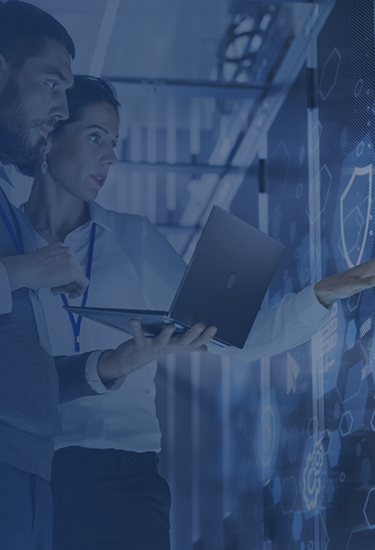Automation is leading the technological revolution of the early 21 st century. Tools like artificial intelligence, robotic process automation (RPA), and machine learning (ML) have been developed and adopted by many industries to automate and streamline tasks and processes. This frees up employees to engage in more meaningful work. However, Gartner argues that RPA and similar tools are not enough on their own. Instead, Gartner believes organizations need to adopt the concept of hyperautomation, which they labeled the No. 1 technology trend of 2020.
What Is Hyperautomation?
Automation has gone through an evolution over the past few years. It began with the automation of simple tasks, then moved on to the automation of individual processes, then progressed to automation across multiple processes. Hyperautomation is now taking the concept of automation to the next stage of its evolution.
Hyperautomation is a term that was introduced by Gartner. It encompasses a combination of complementary automation technologies – RPA, AI, ML, and intelligent business management software (iBPMS) – that together take the automation of business processes beyond what any single automation tool can offer.
What Hyperautomation Can Do?
RPA is confined to interpreting structured data based on a set of established rules. This limits RPA’s ability to deal with more complex data analysis. However, hyperautomation can handle unstructured data, in addition to structured data, which turns it into a powerful analytical tool.It uses AI and ML to learn as new data comes in and outcomes change.
What this means for organizations is simple. Hyperautomation will allow you to provide an end-to-end solution that goes beyond just automating repetitive tasks. Instead, it provides intelligent monitoring and analysis that has the ability to assess and reassess data across multiple systems and departments in order to augment and support decision-making. And the best part is that this is all done in real-time. Hyperautomation analyzes the data as it flows in,which means decisions can be made in a timely manner.
The capabilities of hyperautomation are so powerful that it can result in the development of what Gartner has termed a digital twin of the organization (DTO). A digital twin is a system that all organizational departments and interested parties can connect to in order to get the information they need. This eliminates the need for multiple channels through which data is delivered and allows hyperautomation to provide ongoing intelligence that drives business decisions by making it easier to see opportunities as they arise.
The result? Resource optimization, lower costs, improved employee satisfaction, enhanced customer relationships, and increased revenues. Hyperautomation will also make your organization more agile, providing the ability to change processes as required to keep up with internal organizational changes, industry changes, and external changes (such as the COVID-19 pandemic of 2020) that can affect operations.To learn more about what hyperautomation can do for your organization, contact Tangentia today.
Get Started Today
Tangentia is a Platinum Partner of IBM and well as partners with Automation Anywhere, UI Path, Blue Prism, Adobe, Microsoft, Salesforce, Amazon and leading enterprise software vendors. We work with customers globally with offices in Canada and India to implement their RPA strategies using an agile methodology.
Read Now




